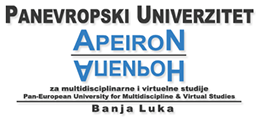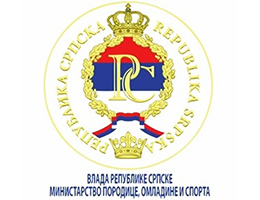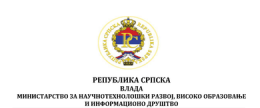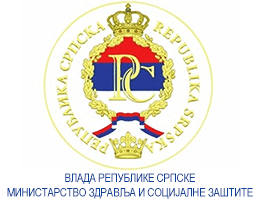The Impact of Extracurricular Physical Activities on the Development of Motor Skills and anthropometric characteristics in 12 Year School Children
Volume 14, Issue 2 (2024)
Volume 14, Issue 2 (2024)
The Impact of Extracurricular Physical Activities on the Development of Motor Skills and anthropometric characteristics in 12 Year School Children
Abstract:
This study aims to establish differences in anthropometric characteristics and motor-basic skills between children
who actively engage in sports outside of regular learning activities and those who are inactive. The study included 100
male children aged 12 years, from elementary school “TREPÇA” in Istog. Fifty of them are actively involved in different
sports, while the other fifty are not active besides the school PE classes. The methods used to achieve the objectives of this
study include descriptive statistical methods (measures of central tendency, distribution, and correlations), as well as the
T-test method to confirm differences between the groups. The results were analysed using SPSS 20.0 software. In the anthropometric
domain, statistically significant changes are observed in all variables except for thigh circumference, and these
changes favour active children. Similarly, there are statistically significant changes in motor skills in all variables, except
for the variable of standing long jump, again in favour of active children. Based on the anthropometric parameters, it can
be concluded that the biological development and growth of these children are normal for their age. The distribution of
results in anthropometric and motoric variables is normal, with slight asymmetry and predominantly positive values. After
analyzing the results, it is clear that statistically significant changes were observed in most of the assessments conducted
in this study. In the anthropometric domain, significant statistical differences were found in all variables except arm span.
Likewise, in the basic motor skills domain, the active student group consistently outperformed their inactive peers in all
tests, indicating higher proficiency levels among the active cohort.
Keywords:
Extracurricular Activities, Physical development, Motor Skills, Differences.
Full Text:
References:
Arsenovic, D., Djokic, B., Kovacevic, Z., Stevanovic, D., Janicijevic, K., Petrovic, M. A., … Radovanovic, S. (2022). Quality of Life of Children
Engaged in Regular Physical Activities. Iranian Journal of Public Health, 51(7), 1629–1636.
Bass, D., & Cale, L. (1999). Promoting Physical Activity through the Extra-Curricular Programme. European Journal of Physical Education,
4(1), 45–64.
Batričević, D. (2008). Discriminative analysis of motor and functional abilities between sport active and inactive pupils. Sportlogia, 1, 50-53.
Fisher, A., Reilly, J. J., Kelly, L. A., Montgomery, C., Williamson, A., Paton, J. Y., & Grant, S. (2005). Fundamental movement skills and habitual
physical activity in young children. Medicine and Science in Sports and Exercise, 37(4), 684–688. https://doi.org/10.1249/01.
MSS.0000159138.48107.7D
Jenko Miholić, S., Čižmek, A., & Persun, J. (2010). Differences in morphological characteristics and motor skills between athletes and nonathletic
high school boys.
Kukolj, M. (2006). Anthropomotorics. Belgrade: Faculty of Sports and Physical Education, University of Belgrade.
Marković. (2017). Structure of the physical education lesson. Jagodina: Faculty of Pedagogical Sciences.
Nešić, G., Ilić, D., Majstorović, N., Grbić, V., & Osmankač, N. (2013). Training Effects on General and Specific Motor Skills on Female Volleyball
Players 13-14 Years Old. Sportlogia, 9(2), 119–127. https://doi.org/10.5550/sgia.130902.en.007n
Pireva, F., Vehapi, S., Mikic, B., Pireva, A., Gashi, E., & Kelmendi, D. (2015). Differences in motoric and anthropometric space between
12-year-old boy basketball players and students. Sport Science - International Scientific Journal of Kinesiology, 8(2), pp. 25-30.
Turhaein, E., Tarigan, B., Budiana, D., Hendrayana, Y., & Phytanza, D. T. P. (2021). Physical Activity Level of Students with Disabilities during
COVID-19 Pandemic. Journal Pendidikan Jasmani Dan Olahraga, 6(2). https://doi.org/10.17509/jpjo.v6i2.38547






